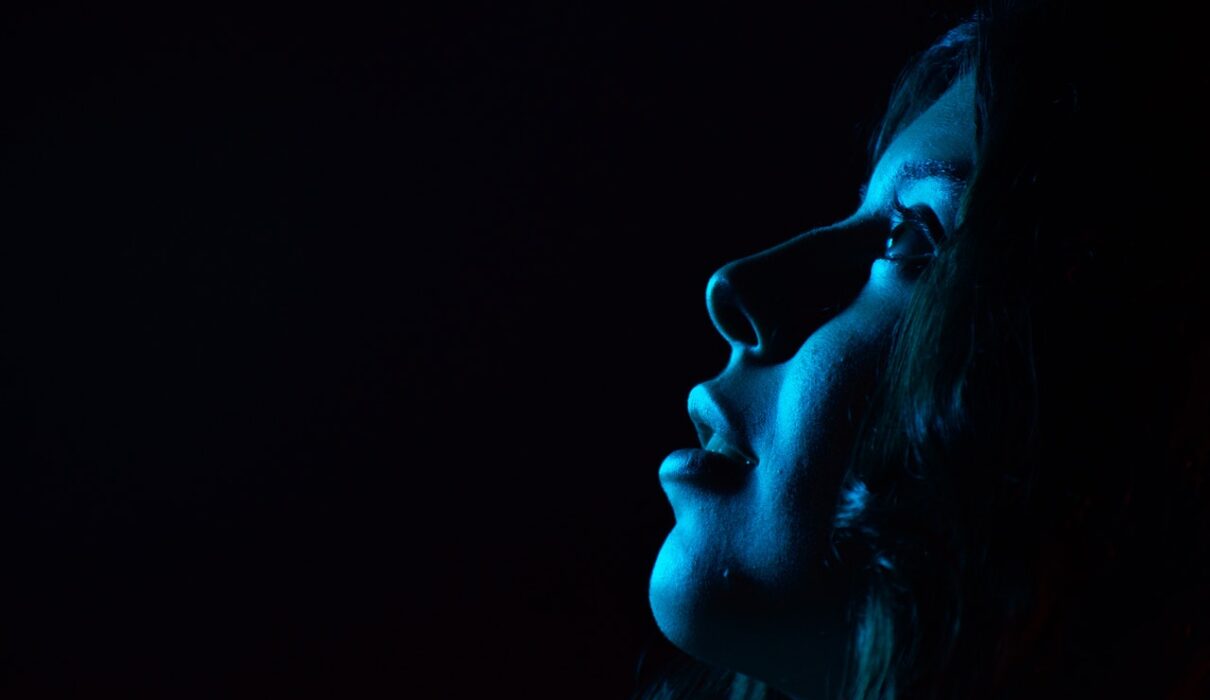If you’re familiar with sleep medicine or have seen a sleep specialist, you likely know that blue light from electronic devices can disrupt sleep. Blue light affects the production of melatonin, a hormone naturally produced by the body that helps regulate sleep. This production is tied to our circadian rhythm, the body’s internal clock that follows a roughly 24-hour cycle. Exposure to blue light in the evening, which our bodies associate with daytime, can interfere with melatonin production, making it harder to fall asleep and reducing sleep quality.
For years, many believed that using night mode on smartphones, which reduces blue light emissions by shifting screen colors toward the warmer, orange end of the spectrum, would help mitigate this problem. However, recent evidence suggests otherwise. A 2021 study published in the Journal of Sleep Health examined this assumption by analyzing the effects of smartphone use with and without night mode on sleep quality.
In the study, 167 participants using iPhones were divided into three groups: those who did not use their phones at bedtime, those who used them with night mode enabled, and those who used them without night mode. Results revealed that individuals who refrained from smartphone use before bed slept an average of 7+ hours and reported better sleep quality than those who used their phones, regardless of night mode settings. In both groups that used smartphones, sleep quality and duration were significantly lower, suggesting that night mode alone does not compensate for the stimulating effects of screen exposure before sleep.
Why Night Mode Alone Isn’t Enough
There are two main factors at play here: blue light exposure and mental stimulation. While night mode reduces blue light exposure, it doesn’t fully eliminate it, and more importantly, it does nothing to counteract the stimulating effects of engaging in smartphone activities, which can range from social media scrolling to texting or watching videos. These activities keep the brain alert and can delay the onset of sleep by increasing cognitive arousal and activating the sympathetic nervous system—the opposite of what’s needed to relax and prepare for sleep.
Further studies reinforce this conclusion. Research shows that the quality of light, such as short-wavelength blue light, does indeed impact melatonin levels; however, even warm light and other stimulating content can delay sleep onset if used before bed. A study published in PNAS found that participants exposed to bright light, even with reduced blue wavelengths, had delayed melatonin onset compared to those exposed to dim light in the evening. Additionally, cognitive and emotional engagement with devices can interfere with the winding-down process required for restful sleep.
Focus on Comprehensive Sleep Hygiene for Better Results
This body of evidence underscores the importance of good sleep hygiene. Reducing or eliminating screen use at least an hour before bed can make a substantial difference in sleep quality. Instead of relying solely on night mode or blue light filters, consider creating a bedtime routine that involves relaxing activities, such as reading a book, gentle stretching, or practicing mindfulness exercises. Keeping the bedroom environment dark, quiet, and cool further enhances the natural release of melatonin, promoting a smoother transition to sleep.
In summary, while night mode may reduce some blue light exposure, it’s not a cure-all for bedtime smartphone use. Engaging in calming, screen-free activities before bed supports the body’s natural circadian rhythm and fosters the relaxed mental state necessary for high-quality sleep.
Photo by Austin Guevara from Pexels
References:
1. Duraccio, K., Zaugg, K., Blackburn, R. and Jensen, C., 2021. Does iPhone night shift mitigate negative effects of smartphone use on sleep outcomes in emerging adults?. Sleep Health,.

